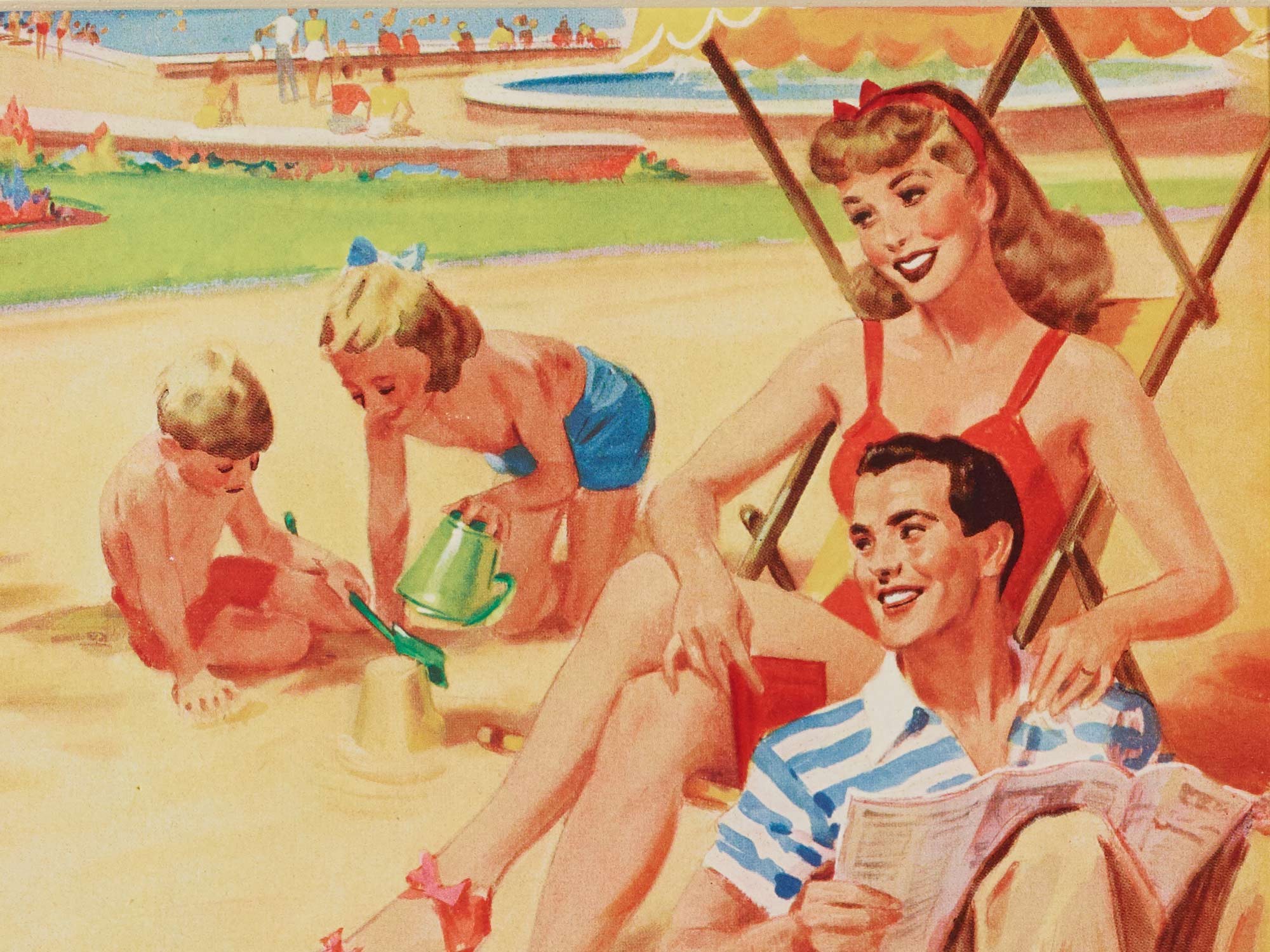
Preserving the past and inspiring the future
In a rural corner of Norfolk, the History of Advertising Trust has assembled the largest collection of British advertising in the world, and uses this fascinating creative heritage for future generations…
In some form or another, advertising has existed as long as we have - the ancient Egyptians used papyrus for sales messages, and ‘lost and found’ ads have been found in the ruins of Pompeii. In fact, advertising has become such a pervasive part of our culture that it’s even contributed to our language. The phrase “often the bridesmaid, never the bride” comes from a 1925 campaign for Listerine, “a diamond is forever” is from DeBeers’ advertising in 1948, and “if you’ve got, flaunt it” was the tagline for Braniff Airlines in the late 1960s.
Advertising has even been the starting career of famous actors (Sir Alec Guinness), artists (Andy Warhol) and writers - a young Salman Rushdie came up with “naughty but nice” for the Milk Marketing Board in the 1970s. Norfolk may a long way from the advertising mecca of Madison Avenue, but in the small village of Raveningham you’ll find the History of Advertising Trust (HAT) which holds the largest archive of British advertising in the world, with collections ranging from 1800 to the present and featuring many iconic ads from the past.
The trust started in 1974 when a small group of visionaries from the advertising industry decided its heritage needed to be preserved and that its study should be encouraged and subsidised. As a result, the History of Advertising Trust (HAT) was founded in 1976 and registered as a charity two years later. It moved from its original home in London to Norfolk in 1992 in order to be able to expand more effectively, and now has over 6,000 square feet of dedicated archive space, encompassing high density mobile shelving for more efficient storage. “We’re a collaborative venture and in effect a ‘co-operative’ of advertising industry and brand communications records ,” says Eve Read, HAT Archive and Collections Project Archivist. “Together they form a unique and invaluable research and study resource.”
In addition to acting as archivist to most of the major governing organisations of UK brand communications, HAT also maintains the archives of many of the top 30 UK advertising agencies, including dozens which no longer trade, such as the pioneering Collett Dickenson Pearce (CDP).
“We provide a range of brand heritage management services to corporate clients who’ve deposited their archives with us,” says Eve, “including Butlin’s, Hovis, Heinz and Vimto. We’ve also started rescuing the marketing archives of businesses which have gone into administration such as C&A (UK), Toys ‘R’ Us and Monarch Airlines.”
Advertising provides a unique barometer of social and economic change, recording contemporary life and events, portraying the changing role and aspirations of men and women, and charting the evolution of technological innovation. It showcases the latest fashions and interior designs, and is a launchpad for new graphic styles, social attitudes, moral values, language and behaviour. “At HAT we provide the stories behind famous brands,” says Eve, “and can trace the ideas and research that led to their development, changing image and campaign messages.”
Highlights from the HAT collections include notes on the ‘birth’ of Mr Kipling for British Bakeries, draft sketches for the iconic Benson & Hedges ‘Swimming Pool’ commercial, and original rough drafts of the unforgettable Smash Martians ads. Another gem is an original fullsize 1920 Bovril ‘chromolithographic’ poster mounted on canvas featuring a man in pyjamas, proving that the drink “prevents that sinking feeling”. The Ogilvy agency archive at HAT even includes work for the government it produced during World War Two, featuring characters such as the nefarious Squander Bug and jolly Dr Carrot. As part of its mission to promote learning and creative excellence, the HAT’s website features a free online catalogue containing 1,000s of TV commercials and print advertisements from the last 50 years - it’s a joy to explore, but that sense of nostalgia has a serious side. “Reminiscing is an effective and enjoyable way to connect with older people and those living with dementia,” says Eve. “That’s why we’ve recently launched Ad-Memoire, a unique digital resource for older people’s care organisations. It’s been designed to engage residents, carers and family members in conversations about memories inspired by the content, and we hope it will ultimately help improve their quality of life, reduce loneliness and assist care providers to quickly build rapport between carers and care home residents”. Another recent HAT initiative (helped by a Heritage Lottery Fund grant) is ‘Inspiring Minds’, a living history project featuring filmed interviews with some of the industry’s most influential figures from the last half century talking about their life and work - giants of advertising such as Hugh Hudson, Sir Alan Parker and Sir Frank Lowe. However, to maintain its vital work programme and further develop its research and learning offer, HAT needs our support.
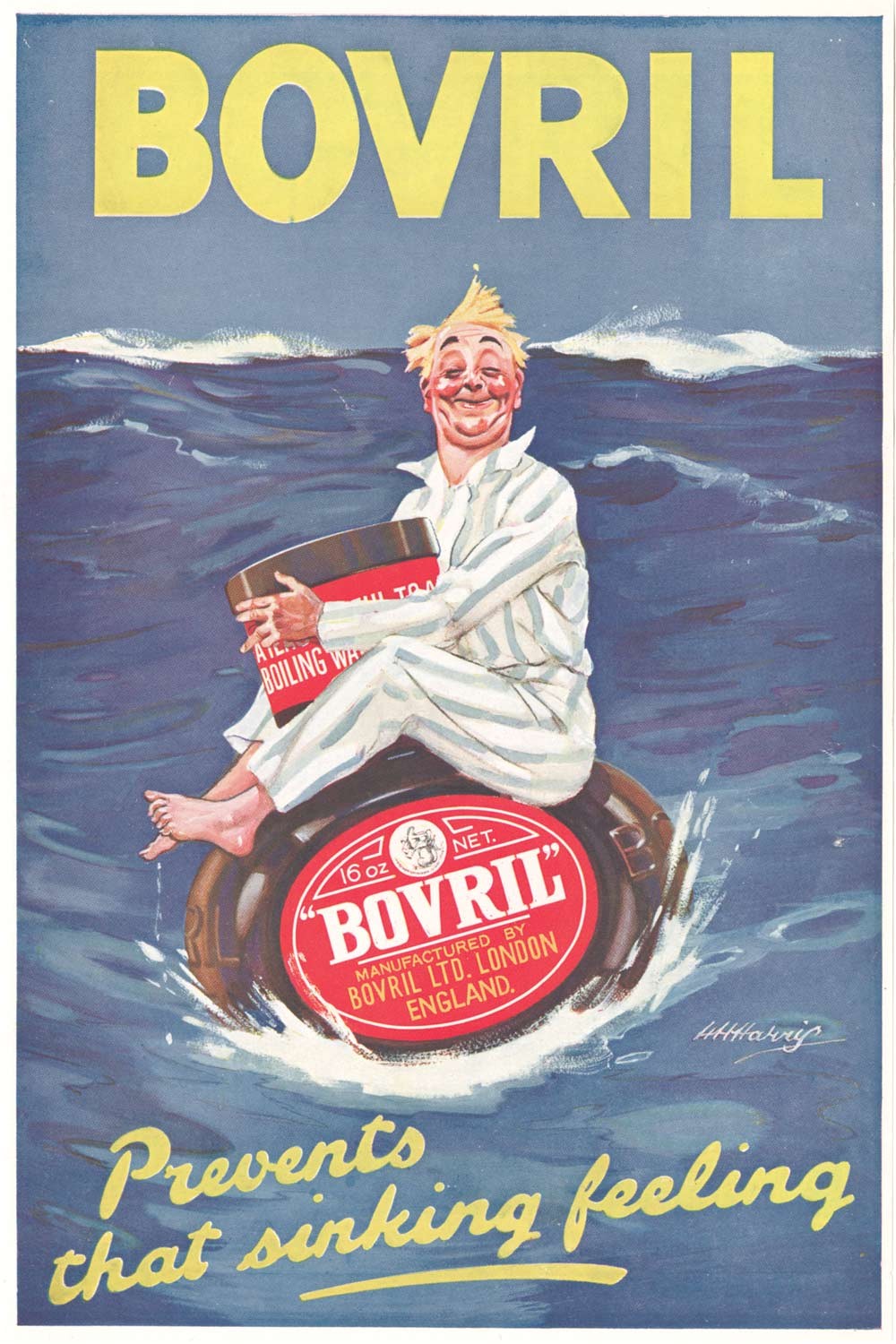
“By providing our services in archive management, research and digitisation we’re able to generate around 50% of our operational costs each year, but we don’t receive any government funding,” says Eve. “That means we’re very reliant on the generosity of our friends and supporters to meet the remainder.” Such support is vital to safeguard the future of this fascinating and important resource. In fact, to paraphrase Carlsberg’s famous slogan (first introduced in 1973) it’s probably the best archive in the world.
If you’d like to visit HAT as a researcher or as part of a group tour, or would like more information about Ad-Memoire or Inspiring Minds please visit www.hatads.org.uk or call 01508 548623.
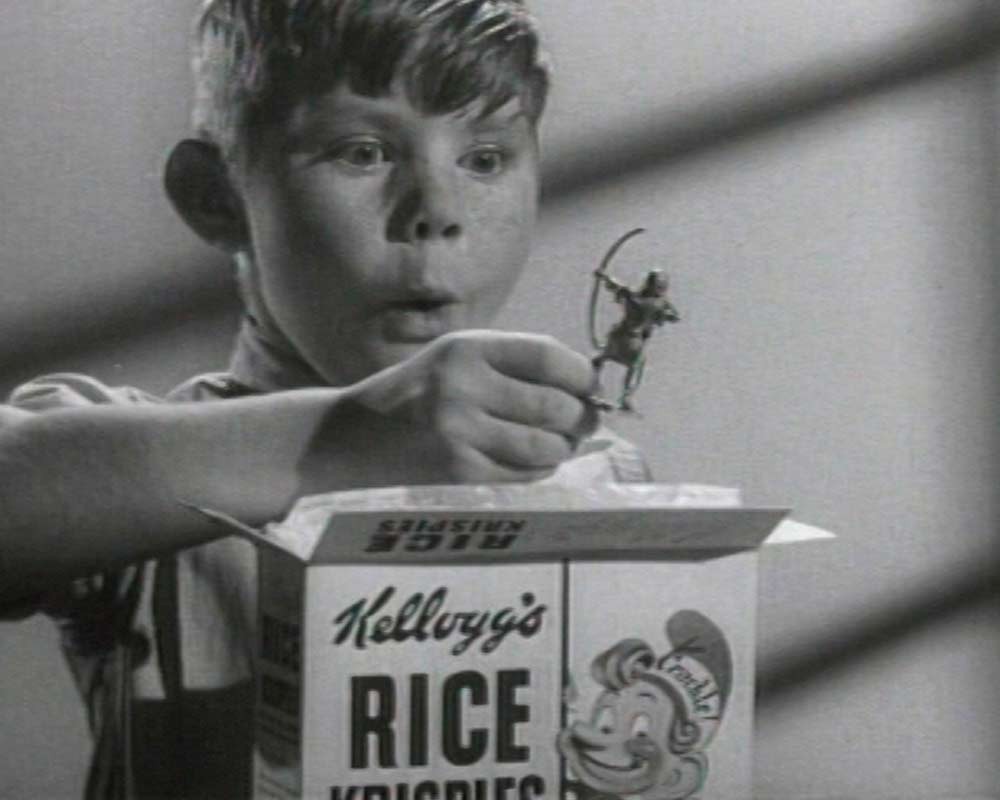
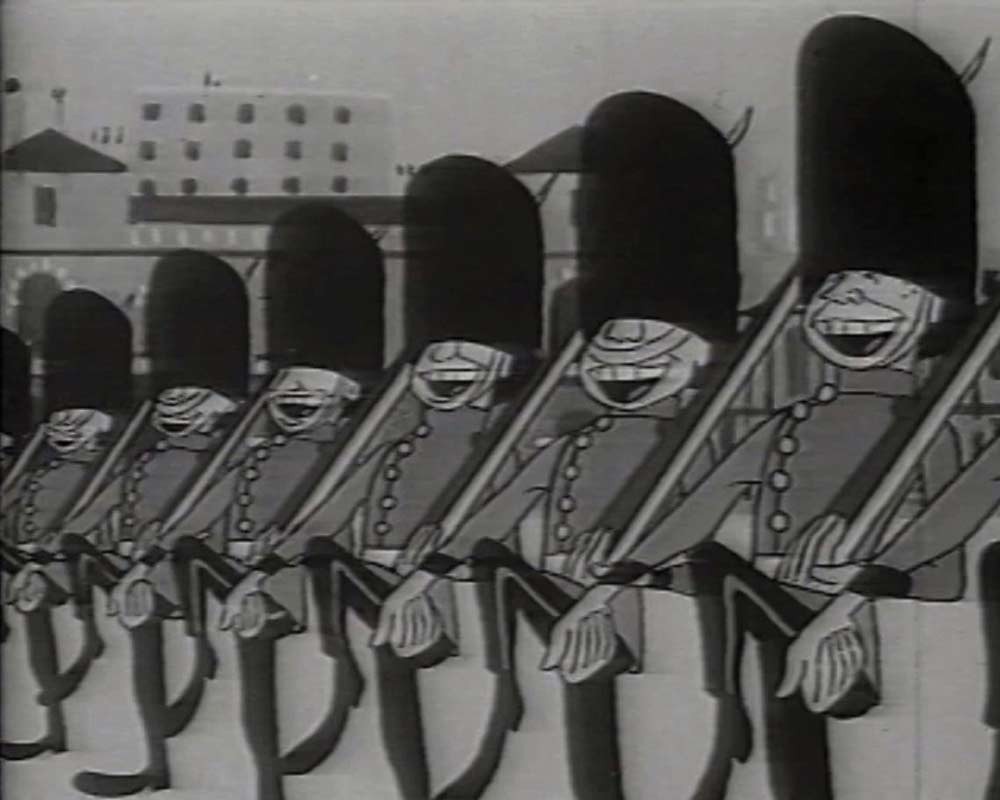
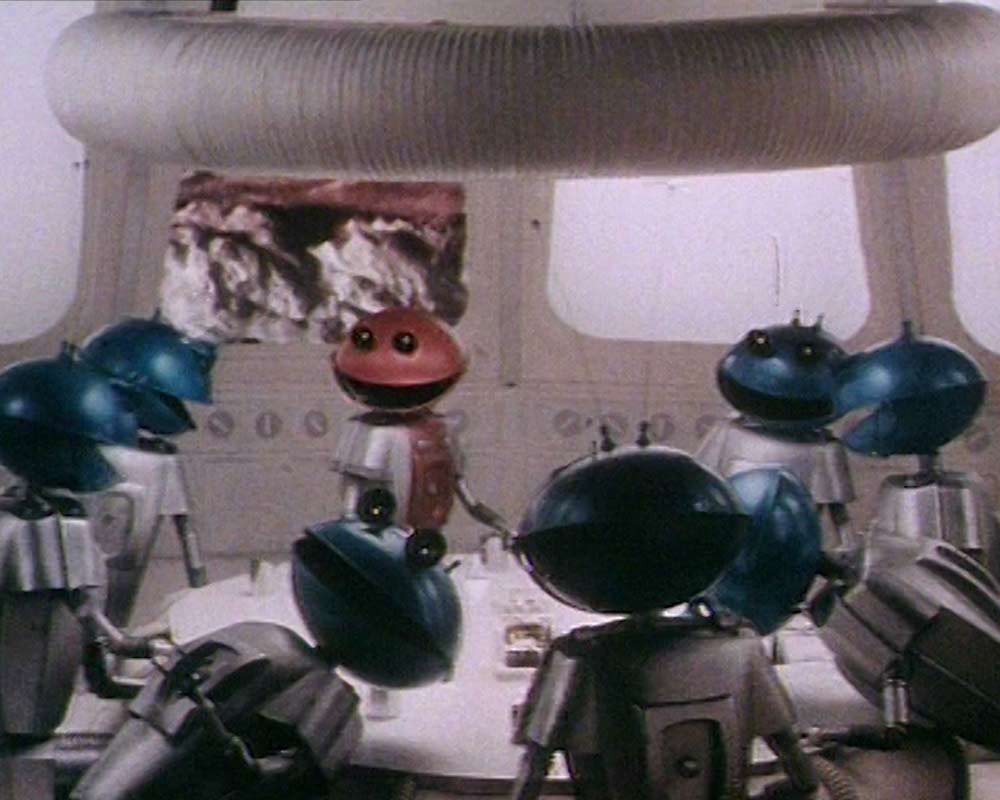
ABOVE: Kelloggs Rice Krispies (1950s), Murraymints (1955), Smash Martians - Animatic and TVC (1973)
